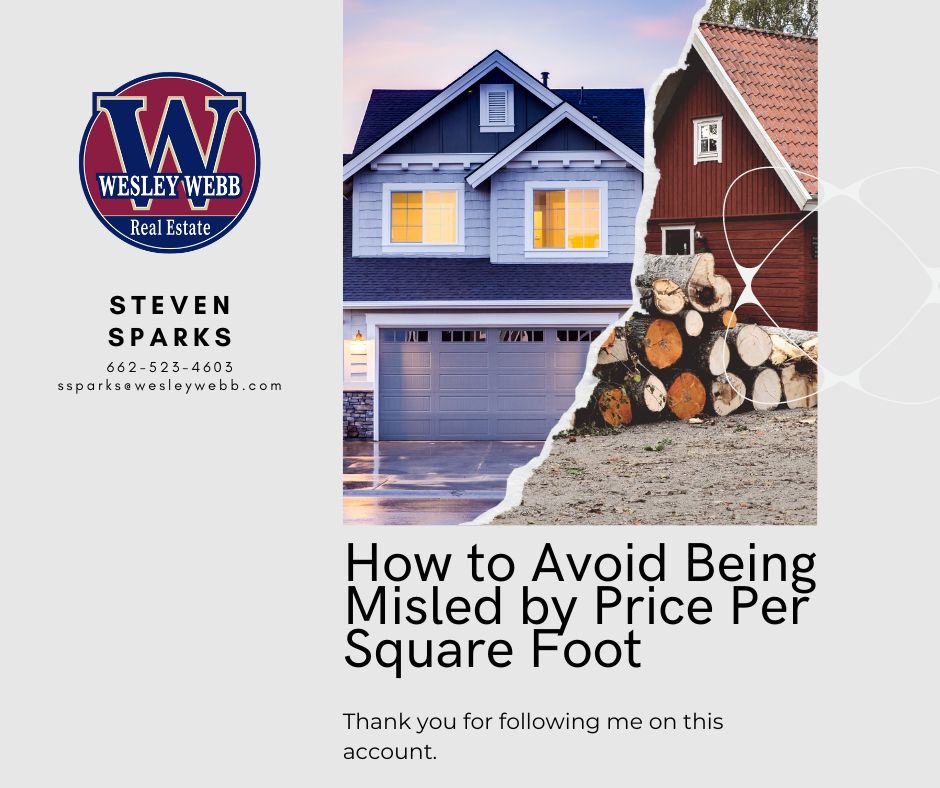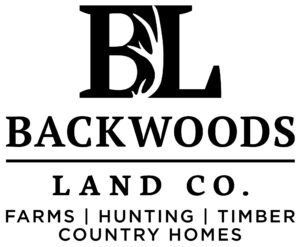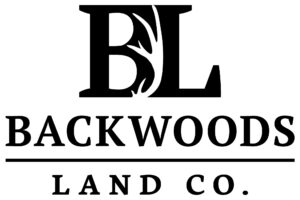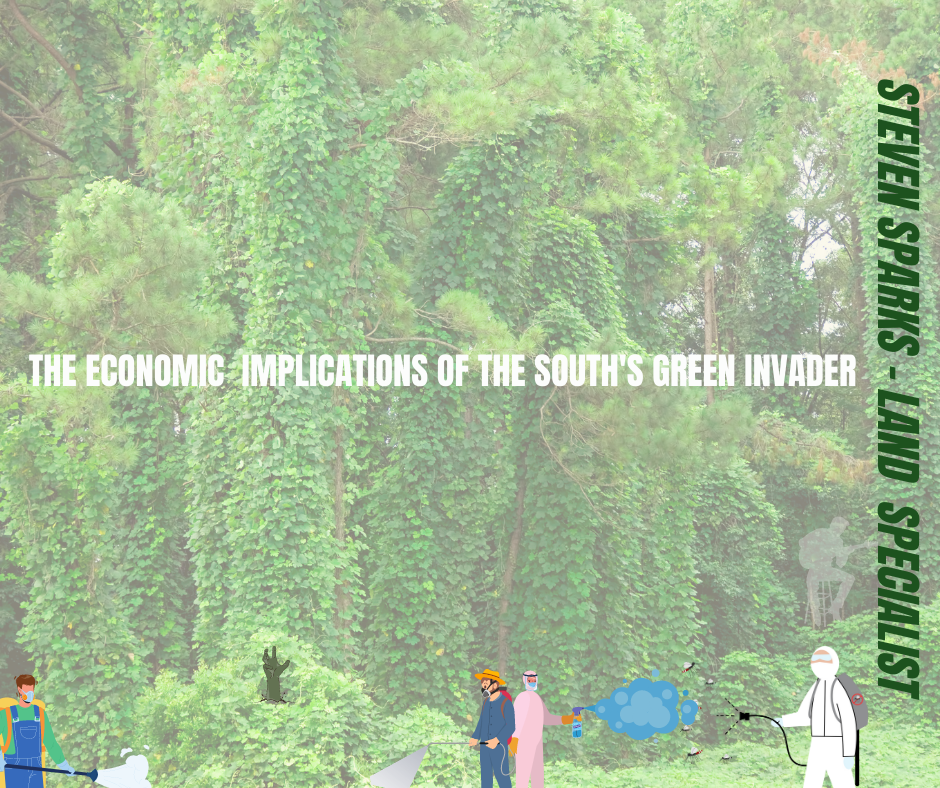Rural Property
How to Avoid Being Misled by Price Per Square Foot | Discover the Limitations of Price Per SF
 Price per square foot (PSF) is a common metric used in real estate to compare the value of homes or properties. However, it can be misleading, especially when it comes to rural properties with homes.
Price per square foot (PSF) is a common metric used in real estate to compare the value of homes or properties. However, it can be misleading, especially when it comes to rural properties with homes.
Here are a few reasons why PSF can be misleading for rural properties:
- Varying Condition: For example, two homes with the same square footage may have vastly different values if one is in excellent condition with modern finishes, 4,500 sf while the other is 1,200 sf in need of some minor updates in overall average condition, yet has a 900 sf new shop with living quarters and other outbuildings and workspaces, an 18 stall high-end horse barn with large tack room with a good sized stock fishing lake on 10 acres in a secluded yet desirable area, yet, their PSF could still be close to the same. In this case, the PSF would not accurately reflect the value of each property.
- Varying Land Sizes: Rural properties often have larger land sizes compared to urban or suburban areas. As a result, the price per square foot calculation can be heavily skewed by the size of the land. A property with a large land size may have a lower price per square foot compared to a smaller property, even if the larger property is more valuable due to diminished returns.
- Varying Home Sizes: Rural homes also tend to have varying home sizes. Some homes may be large with multiple bedrooms and bathrooms, while others may be small cabins. PSF can be misleading in this scenario since larger homes will naturally have a lower PSF than smaller homes, even if they are of similar quality due to yet again, diminished returns.
- Varying Amenities: Rural properties may have unique features such as a pond, a barn, or a farm. These features add value to the property, but they are not reflected in the PSF calculation. Therefore, the PSF may not accurately represent the overall value of the property.
- Varying Quality: Rural homes can also vary in quality, which can affect the overall value. For example, a newly built home will have a higher PSF than an older home in need of repairs, even if the older home is on a larger piece of land or has unique features.
PSF can be misleading when it comes to rural properties since it does not take into account various factors such as land size, home size, amenities, and quality.
In urban and suburban areas with subdivisions, PSF can be a little more of a helpful tool in determining the value of homes. Especially in cutter cutter subdivisions with similar lot sizes. However, it is important to note that PSF does not always accurately reflect the value of a property, even in these areas. Especially when calculation the overall price per sf trends in the area.
Here are a few reasons why PSF can be misleading when comparing overall price per sf values in suburban and urban areas:
- Quality: While homes in subdivisions may have similar square footage, there can be differences in the quality of construction, materials used, and finishes. These factors can significantly affect the overall value of a property but are not reflected in the overall average PSF calculation in the area.
- Condition: The condition of a property, including maintenance and updates, can also impact its value. A home that has been well-maintained and updated will have a higher value than a similar home that has not been properly maintained, yet their PSF could be the same if the home that has no updates but has been well maintained has somewhat higher quality of finish and has a two car garage with a basement.
- Location: The location of a property can also affect its value. A home on a busy street or near a noisy highway will typically have a lower value than a similar home in a quieter location. PSF does not take into account exact location of the property and say, the a beneficial views and/or other appealing or negative external factors, even though they are in the same immediate neighborhood.
When it comes to evaluating properties, PSF can provide greater accuracy in suburban and urban areas with homes that have similar lot and heated sf sizes than in rural areas, however, it may not accurately reflect the overall value of a property that has varying amenities like pools, garages, and outdoor living spaces. These amenities can differ significantly from one property to another and can have a significant impact on the property’s value. As PSF does not take these amenities into account, it can be misleading to compare properties based solely on their PSF.
Finally, diminished returns can have a profound effect on price per sf in all types of area.
Diminishing returns is a concept that describes how the marginal benefit of adding more of a certain input to a production process gradually decreases. In the context of real estate, this concept can have a significant impact on how we interpret and analyze data such as price per square foot (psf).
Price per square foot is a widely used metric in the real estate industry to compare the relative value of different properties. It is calculated by dividing the total price of a property by its square footage. For example, if a 2,000 square foot house sells for $500,000, its psf would be $250.
However, the psf metric can be misleading when dealing with larger properties. This is because larger properties often have diminishing returns in terms of price per square foot. For instance, a 2,000 square foot home may be worth $250 psf, but a 4,000 square foot home on the same street may be worth $225 psf. This means that the price per square foot of the larger home is lower than that of the smaller home, even though the larger home is worth more overall.
There are several reasons why this occurs. Firstly, the cost of building additional square footage may decrease as the property gets larger, leading to a lower psf price. For example, building an additional 1,000 square feet onto a 2,000 square foot home may cost $200 psf, whereas building the same amount onto a 4,000 square foot home may only cost $150 psf.
Additionally, larger homes often have higher fixed costs, such as the cost of a pool or a large yard, which can be spread out over more square footage, leading to a lower psf price. Furthermore, larger properties may have more unique features or amenities that add value to the property, but are not reflected in the psf metric. For example, a large estate may have a tennis court or a guest house that adds significant value, but does not necessarily increase the psf price.
As a result, when analyzing real estate data, it is important to take into account the potential impact of diminishing returns on the psf metric, particularly when dealing with larger properties. This may involve using alternative metrics, such as price per acre or price per room, to compare properties of different sizes. Alternatively, analysts may need to adjust their interpretation of the psf metric to account for the impact of diminishing returns on larger properties.
In conclusion, price per square foot (PSF) can be misleading when evaluating rural properties due to varying factors such as land size, home size, amenities, and quality. In suburban and urban areas, PSF can provide greater accuracy when homes have similar lot and heated sf sizes, but it may not accurately reflect the overall value of properties with varying amenities. Moreover, the concept of diminishing returns can affect the accuracy of PSF for larger properties, where the cost of building additional square footage may decrease. Therefore, when evaluating properties, it is essential to consider various factors that can affect their value, in addition to PSF.
Here are some online resources and links that can provide further information on the topic:
- “Why Price Per Square Foot Is Not the Best Way to Measure a Home’s Value” by Chris Larson, The Balance: https://www.thebalance.com/why-price-per-square-foot-is-not-the-best-way-to-measure-a-home-s-value-4174472
- “Price per square foot: Does it matter?” by Sarah Pike, Redfin: https://www.redfin.com/blog/price-per-square-foot
- “The Danger of Using Price Per Square Foot to Price Your Home” by Teresa Cowart, Teresa Cowart Team: https://www.teresacowartteam.com/blog/the-danger-of-using-price-per-square-foot-to-price-your-home/
- “The Problem with Price Per Square Foot” by Daren Blomquist, RealtyTrac: https://www.realtytrac.com/news/home-prices-and-sales/the-problem-with-price-per-square-foot/
- “Why Price Per Square Foot is not a Reliable Indicator of Home Value” by Bill Gassett, Max Real Estate Exposure: https://www.maxrealestateexposure.com/why-price-per-square-foot-is-not-a-reliable-indicator-of-home-value/
- “How to Accurately Value a Home” by Zillow: https://www.zillow.com/sellers-guide/how-to-accurately-value-a-home/
- “The Truth About Price Per Square Foot” by J. Andrew English, RISMedia: https://rismedia.com/2018/11/19/truth-price-square-foot/
- “The Pros and Cons of Using Price Per Square Foot to Price a Home” by Bethany Johnson, Rocket Homes: https://www.rockethomes.com/blog/home-selling/price-per-square-foot



